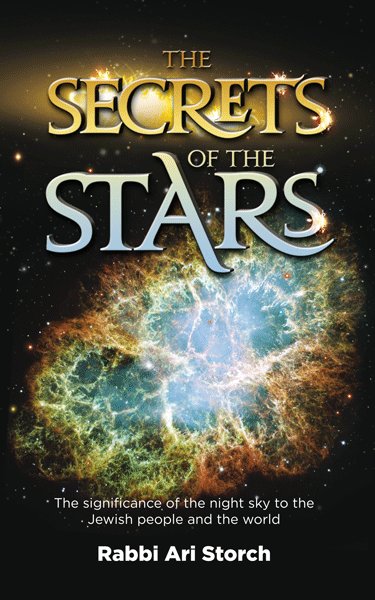In the end of this week’s parsha the shalosh regalim are mentioned. The same general language to refer to them is repeated again towards the end of Ki Sisa in a few weeks. There are, however, a few discrepencies that can be seen. What especially arouses one’s curiosity is when there are parallel pesukim that have one word that is different. Even more interesting is when the commentaries seem to disregard the discrepency!
One such difference is the way the Torah refers to the end of the year when discussing Sukkos. In Mishpatim the Torah says that Sukkos is, “בצאת השנה,” meaning in the end of the year. (Shemos 23:16) Whereas, in Ki Sisa the end of the year is referenced as “תקופת השנה.” (Shemos 34:22) Onkelos seems to disregard the difference in the wording and states that the translation is the same for both phrases.
I have heard a couple respectable individuals attribute a theory to the Vilna Gaon, but neither have been able to show me the actual source (although they claim that they remember seeing it in a reputable printed work, they just can’t remember where). Allegedly, the Gaon contended that there was initially supposed to be a seven month year just like we have seven days of the week. It was only after the effects of sin became pronounced that the world needed the extra months.
The theory maintains that there was never supposed to be a time period of winter. Winter is the time devoid of growth and symbolic of death. This should not occur in a pristine world.
In Mishpatim the language is much stronger and literally means the end of the year. This is because this parsha precedes the sin of the Egel HaZahav and is stated in a perfected world where Sukkos is the actual end of the year. Ki Sisa has a wording that implies the end of the year but literally means “when the year circles around (see Rashi).” The implications are that the agricultural year is over and is cycling to the next spring even though there will be several barren months of winter. This is because Ki Sisa had the Egel HaZahav recounted in the earlier section of it and this part is, therefore, talking to the world of sinners.
One should not ask from the story of Noach where Hashem promises that all the seasons will continue (Bereishis 8:22), because that was stated to a world of sinners and the (alleged) Gaon could contend that the world was reperfected only at Matan Torah. Although one could, perhaps, ask from the Baraisa D’Mazalos that contends that Hashem initially placed twelve zodiacal constellations in the sky. There are twelve because the sky is divided into twelve regions, one for each month.
The only resolution is that each mazal would be for a shorter time than a month and the world’s orbit was faster in order to circle through these twelve constellations in a shorter time frame. The truth is that one would have to contend something along these lines because the entire concept is suggesting that earth orbited the sun quicker.
The issue is that earth would not be able to sustain life at an orbit much farther or closer from the sun so it would have had to be orbiting the sun faster while keeping the same current distance. How this world went so fast and kept its current orbit up to a point in time when it slowed so drastically would require a new and extremely complex set of laws of physics (assuming that it did not all happen within the supernatural realm completely). The earth's initial speed should have been too fast to be caught in orbit at this distance around the sun and it should have been flung into the far realms of the solar system. The earth's change in speed when it slowed, on the other hand, should have thrust it into the sun!!!
The only accomodation would be to assume that the earth was more massive and then, at the time of the change, lost its mass, perhaps via a collision with a meteor that broke off a large chunk of earth. The new smaller earth would be able to maintain the proper distance without changing its orbit. This is also difficult because the impact itself should have thrown earth off course and certainly would have left a massive crater somewhere on the planet.
I also wanted to apologize for the cessation of posting these past few weeks. B"H I have been very busy promoting my recent sefer, The Secrets of the Stars which is available here.
Also, an interesting post from the past that is pertinent to last week and this week's Parsha that discusses why mythology and Midrash often appear to be very similar (with examples) here.


1 comment:
If all of teva was changed, why shouldnt that include the laws of nature? Plus, the stars also would move (in the sense that everything in creation moves) quicker, not just earth (It also says that a certain star which is only seen every msny thousands of years originally would have been visible sooner)
Or, since we do know the moon changed size, and was at first sun-sized (or is it sun-bright?), which also affects the orbit. And the sun may have also changed post cheit.
My word verification is pentl. cute.
Post a Comment